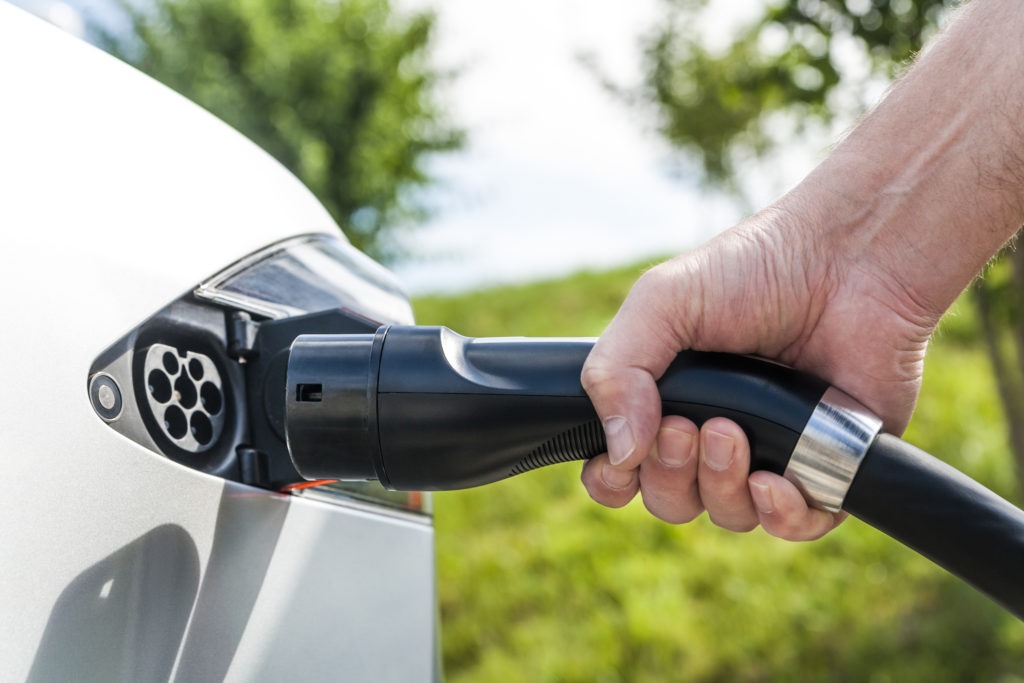ACEA data shows a fragmented European market for electric vehicles
31 October 2017

31 October 2017
The European Automobile Manufacturers Association (ACEA) has published new data highlighting the correlation between the uptake of electrically chargeable vehicles (ECVs) and both GDP and consumer incentives to switch to the cleaner emission technology.
The ECV market is made up of pure electric vehicles (EVs) and plug-in hybrids. The information shows that a share of above 1% only occurs in Western European countries with a GDP per capita of more than €30,000. By contrast, almost half of all EU member states have an ECV market share of 0.5% or lower.
The share drops close to zero in countries with a GDP of €17,000 or less, which includes new EU member states in Central and Eastern Europe, as well as Greece, which has seen itself in a financial crisis in recent years. Therefore, the ACEA believes that vehicle affordability is a major barrier to the growth of ECVs.
′Our data demonstrates that, even though it is growing, the European market for ECVs remains extremely patchy, which makes it difficult to envisage anything like an EU-wide mandate or crediting system,’ states ACEA Secretary General, Erik Jonnaert.
′Many people take the Norwegian market as a benchmark. But just like its €64,000 GDP, more than twice the EU average, Norway’s ECV share of 29% is an exception in Europe. Nobody looks at Greece for instance, where only 32 electrically-chargeable cars were sold last year,’ Jonnaert explained. ′This should be a wake-up call for policy makers. Future decarbonisation measures should be inclusive, rather than assuming that all countries are in the same position as a handful of advanced ECV markets.’
The figures also show that customer incentives for purchasing ECVs, and especially their monetary value, differ greatly across Europe. The market share of ECVs is only significant in countries which offer extensive incentives. Five EU member states do not offer any incentives at all.
′Even though all manufacturers are expanding their portfolios of electric vehicles, we unfortunately see that market penetration of these vehicles is still very low and very fragmented across the EU,’ Jonnaert adds. ′Consumers looking for an alternative to diesel now often opt for petrol vehicles or hybrid ones, but aren’t yet making the switch to electrically-chargeable cars on a large scale.’
′In other words, the final product alone – no matter how good it is – is not sufficient to create demand. As well as harmonised and coherent consumer incentives to stimulate sales, we need more investments in recharging and refuelling infrastructure in all EU member states, before we can expect consumers throughout the EU to really embrace alternatively-powered vehicles.’
ACEA members hope that the European Commission’s upcoming CO2 proposal for cars and light duty vehicles will take this into account. It is expected that the Commission will invest in EV infrastructure to help the uptake of zero-emission vehicles and aid CO2 reduction to a level of between 25% and 40%. However, manufacturers are proposing a reduction of 20% due to the slow consumer response to the technology.